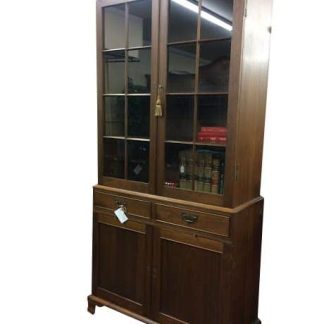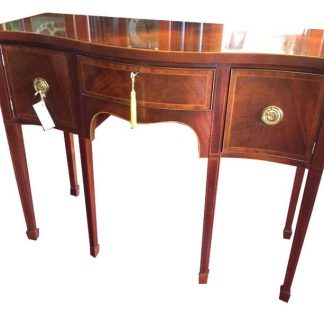Description
Antique Engraving
This is an outstanding antique engraving on paper in a beautiful antique Victorian frame. The original plate of this antique engraving is the work of Italian artist Raffaello Sanzio Morghen. “Aurora” entitles this beautiful antique engraving.
Raffaello Morghen originally created this copper plate in circa 1815 in Rome. It is a copy of Guido Reni’s hand painted fresco on the ceiling of a beautiful summer house owned by Cardinal Scipione Borghese in Rome, painted in 1613-1614.
Raffaello Morghen
Many original engravings touched by Morghen’s hand hang in museums in Italy, including the “Musei Civici di Arte e Storia” in Brescia. This antique engraving was produced after Morghen’s death in circa 1880 by the Regia Caleografia di Roma. This company reproduced multiple antique engraving from the original copper plates of masters from the years of 1870 to 1945. The work bears the stamp of this company in the right hand corner.
Raphaello Morghen was born in Naples in 1753. He apprenticed under the celebrated Giovani Volpato for several years. Indeed, many of Volpato’s works bare Morghen’s signature as well. Morghen created upwards of 200 engravings. Although not widely known today, Raphaello Morghen garnered much respect during his lifetime. In 1782, Morghen went to Florence to work on engravings of the masterpieces in the Florentine Gallery. His works in Florence receoved lots of attention. Soon his reputation earned him the recommendation to engrave the Last Supper by Leonardo Da Vinci!
Later, Morghen’s fame soon extended westward in Europe. In 1803, the Institute of France, as a mark of his talents, elected him an associate. Of course, this was a great honor for the artist. Less than a decade later, Napolean himself invited him to Paris and personally praised him for his work.
Aurora
This antique engraving, as mentioned above, is a copy of a fresco painted in 1613-1614 by Guido Reni. The fresco, known as Aurora, was commissioned by Cardinal Borghese in Rome for the ceiling in part of his palatial summer home.
The fresco, grand in scale and full of color and light, depicts Apollo on his chariot, bringing light to Aurora, the goddess of Dawn (left). Apollo’s Chariot is surrounded by a group of elegant goddesses known as Hours. Above, a putto known as Phosphorus, a personification of the Morning Star, holds a torch and lights the way for the chariot.
In this dramatic fresco, the passage of time and the beauty of the sunrise is personified by the gracious figures of antiquity. Aurora, with her bouquets of flowers is leading the charge of Apollo, and bringing with him the light of day, life and reason.
In this spirit, Morghen’s work faithfully and sensitively reproduces the work of Reni, having to restrict the image in both scale and color.
Indeed, his copper engraving is incredibly impressive. For instance, Raphaello Morghen rendered the musculature and flesh of the figures beautifully with just a chisel! In his work, swaths of fabric cocoon the God and Goddess. Additionally, the light fluffy clouds appear to float serenely in place. Finally, the horses rearing at the head of the chariot can almost be heard neighing as they gallop through the sky. Raphaello Morghen’s “Aurora”, captures the drama, beauty and incredible allegorical scene of the turning of the earth and passage of time.
Antique Art Work
This work from the original plate of Morghen includes the Victorian Period Burl Walnut frame. Obviously, the antique wavy glass protects the piece and adds a beautiful dimension to the work of art. The golden wood tones and decorative etchings in the walnut frame complement the warm scene of dawn beautifully. Likewise, the red velvet inner frame adds a warm and regal touch.
If you would like to inspect this antique engraving in person, please contact us. Of course, we can meet with clients on almost any day of the week. Most likely, we also can arrange shipping of this artwork, although the size and glass does present some challenge. Depending on where you live, we also can deliver the work personally.
Certainly, an antique engraving such as this deserves a place of honor in the home. It could be lovely decorating a foyer. Undoubtedly, it will draw attention from guests, family and friends. Truly, the allegory and history enhances the beautiful work.
Indeed, we feel strongly that this piece will find compliments any where you hang it. If you would like to read about more art, read this article about contemporary artist, Xue Jian Xin.




